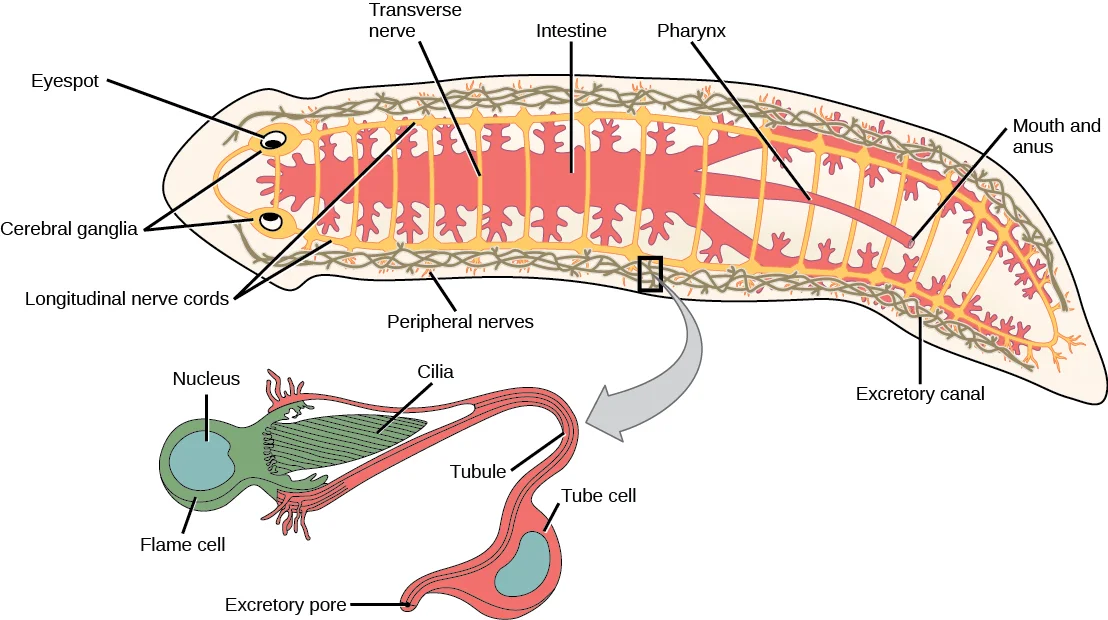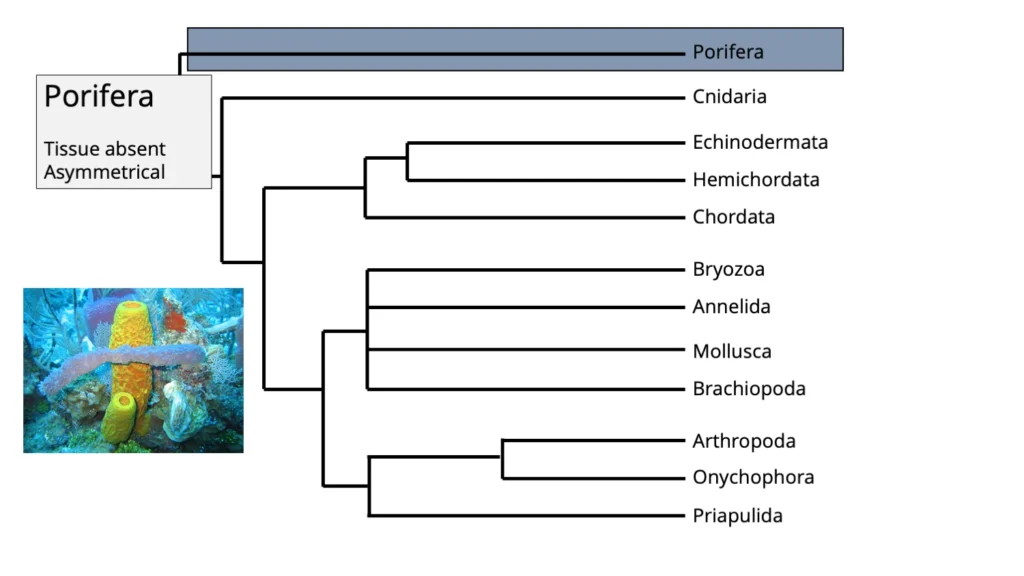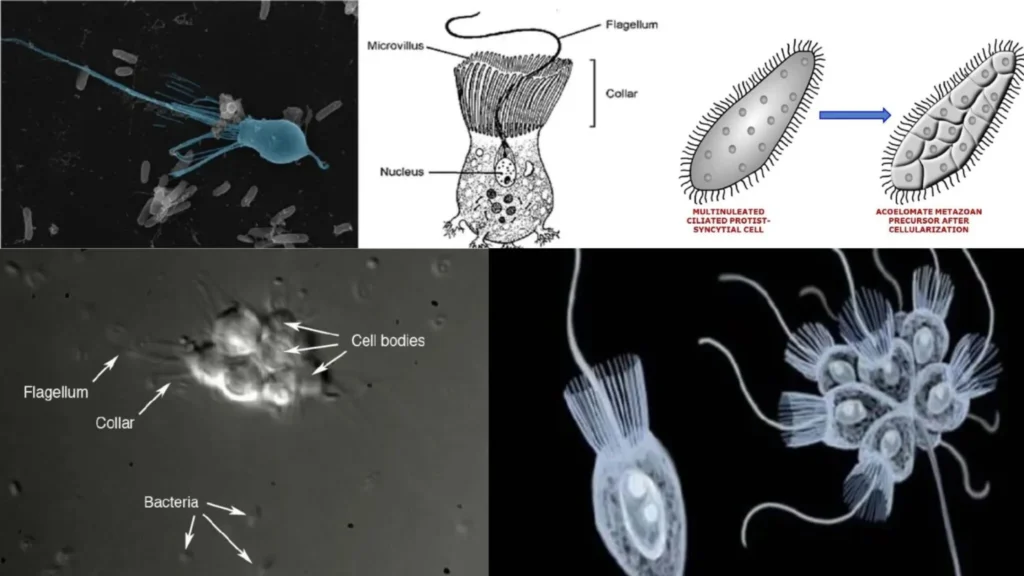Canal System in Sponge – Definition, Types, Structures, Mechanisms, Functions and Examples
The water circulation system of sponges, also known as canal system, is the defining property of the phylum Porifera. The system of canals is also known as the auriferous system. The sponge canal system aids in food uptake, respiratory gas exchange, and excretion. Many pores on the body surface of sponges allow for the admission … Read more




